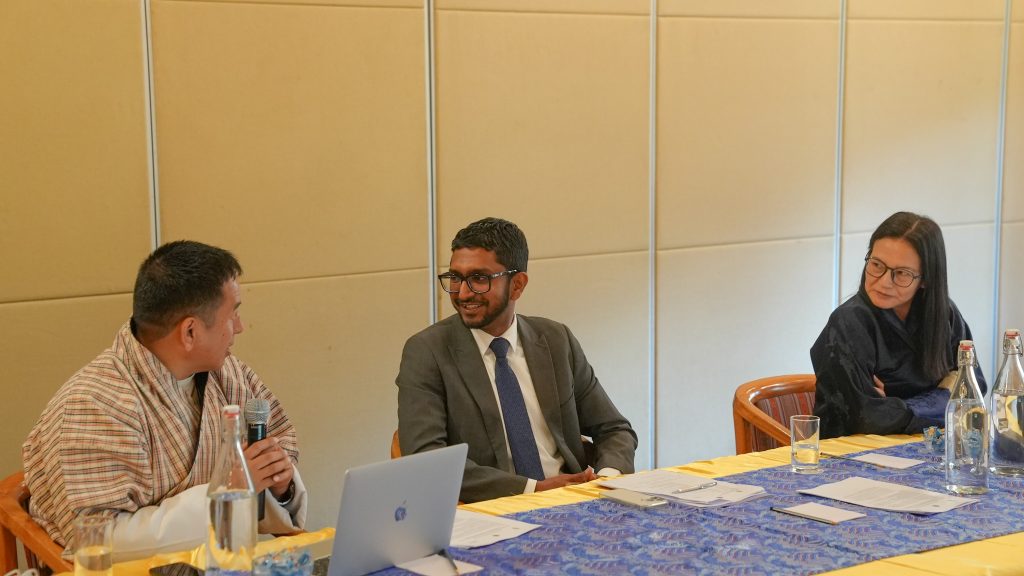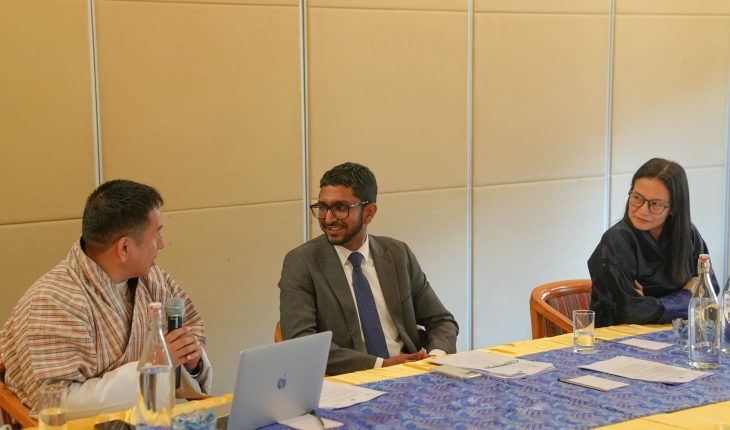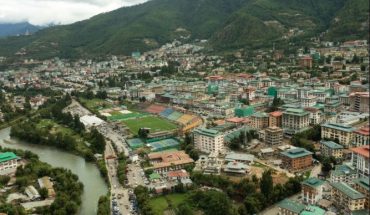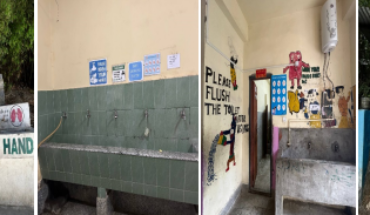
A new project, supported by CDRI and UNDP, aimed at enhancing the disaster resilience of critical urban infrastructure systems in Thimphu, Phuentsholing, and Samste.
STAFF REPORTER
Thimphu
In a significant step towards enhancing urban flood resilience, Bhutan has launched a new project, a collaboration between the Royal Government of Bhutan and UNDP with support from the Coalition for Disaster Resilient Infrastructure (CDRI) last month. Led by the Department of Local Governance and Disaster Management (DLDGM), the project will strengthen the flood resilience of critical urban infrastructure in three cities: Thimphu, Phuentsholing and Samtse— home to over a quarter of Bhutan’s population.
This project is not only about safeguarding urban infrastructure; it is about protecting lives, livelihoods, and building liveable cities that are inclusive, sustainable and resilient. These cities will benefit from upgraded flood forecasting and early warning systems to manage climate-related emergencies. Their municipalities will have trained personnel, including city planners, engineers, disaster risk management officials and urban managers, to design, build and manage disaster-resilient infrastructure. They will also have enhanced capacity to promote inclusive planning with the municipal officials trained in gender-responsive and disability-inclusive infrastructure design
A strategic investment in resilience
According to the Global Assessment Report on Disaster Risk Reduction (GAR) 2025, by the United Nations Office for Disaster Risk Reduction (UNDRR), every dollar invested in disaster risk reduction can save up to USD 3 to USD 15 in future recovery costs.
With USD 640,000 in funding from CDRI’s Urban Infrastructure Resilience Program (UIRP), funded through the Infrastructure Resilience Accelerator Fund (IRAF), the project will strengthen the risk-informed planning, data-driven decision-making processes and early warning system for critical urban services (storm water system, urban infrastructure design, monitoring and operation and green urban open spaces) in Thimphu, Phuentsholing and Samtse.
At the project’s inception meeting held on 29 September 2025 in Thimphu, marking the start of project implementation, Director General Karma Galay of DLGDM thanked the CDRI and UNDP for their partnership. He highlighted the urgent need for Bhutan’s urban centres to be equipped with the tools and knowledge to manage growing disaster risks. “Our cities, originally planned for much smaller populations, are now under increasing stress, not only from climate-induced events, but also from rapid urbanisation and shifting socio-economic demands. That is why the project’s focus on risk-informed planning, early warning systems and data-driven decision-making is not just relevant, it is essential.”
Dr. Umamaheshwaran Rajasekar, Head of CDRI’s Urban Programme, noted, “As the first UIRP project in a landlocked developing country within the high mountain region, this initiative marks a significant milestone. We hope it will inspire further efforts to build resilient and sustainable cities across the region.”
UNDP’s Deputy Resident Representative Fadhil Bakeer Marker described the initiative as a timely and strategic investment. “UNDP will work hand-in-hand with the project partners, communities and municipalities of three cities to ensure real impact on the ground. We are also committed to advancing gender and disability inclusion in infrastructure resilience so that no one is left behind.”
Bhutan is among the five countries including Brazil, Honduras, India, and Sri Lanka to receive funding under the first Call for Proposals of CDRI’s Urban Infrastructure Resilience Program under the Infrastructure Resilience Accelerator Fund (IRAF), funded by the Government of India.





